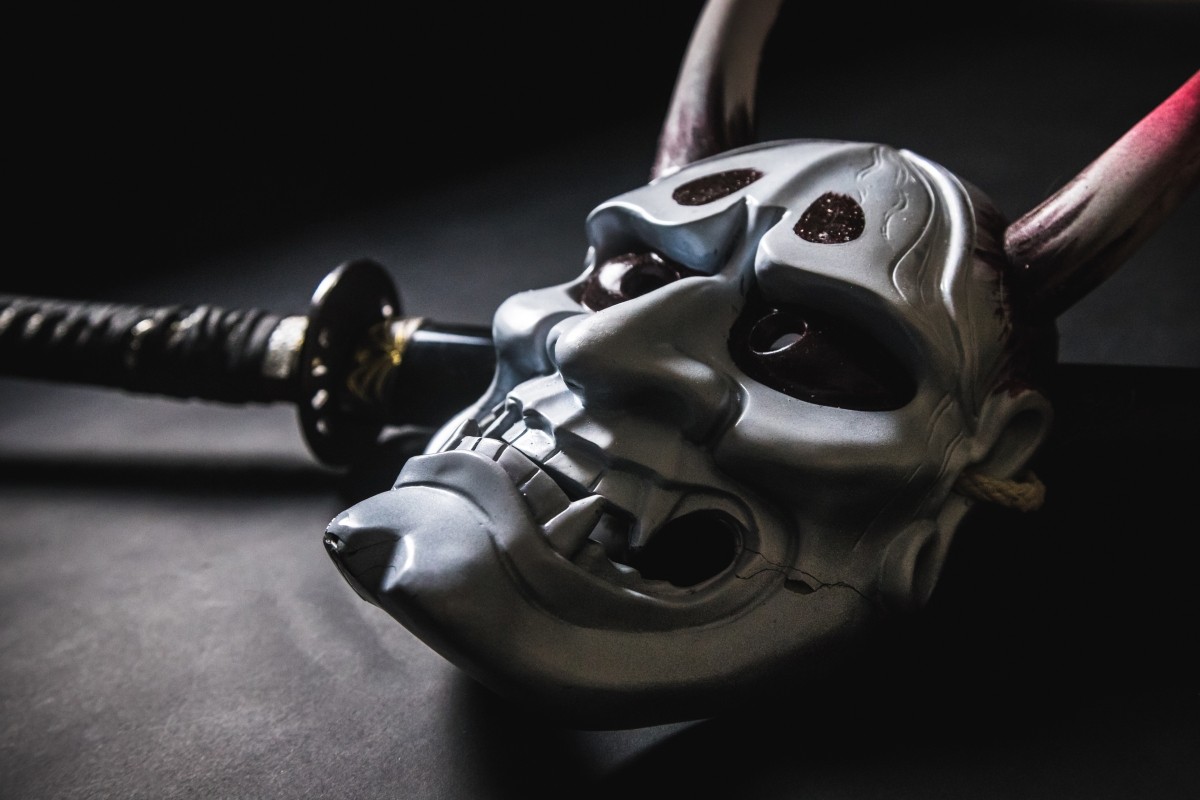
The anime and manga Demon Slayer: Kimetsu no Yaiba became a massive hit around the world. People everywhere were captivated by the terrifying demons (oni) that devour humans. The story of the protagonist, Tanjiro Kamado, who fights to turn his sister Nezuko back into a human and to protect others, seems to carry on the Japanese tradition of "demon extermination" (鬼退治 / Oni-taiji).
However, "oni" that have been passed down in Japanese folklore are not simply villains or monsters. Sometimes they are worshipped like gods, sometimes depicted as heroes, and even as tragic protagonists, making them extremely multifaceted beings.
This article will thoroughly explain the little-known types and legends of Japanese demons, as well as their deep connection to Japanese culture, for those who became interested in Japanese oni through Demon Slayer: Kimetsu no Yaiba.
*If you purchase or reserve products introduced in this article, a portion of the sales may be returned to FUN! JAPAN.
How Are Japanese Oni Different from Those in Demon Slayer: Kimetsu no Yaiba? The Multifaceted Nature of Oni
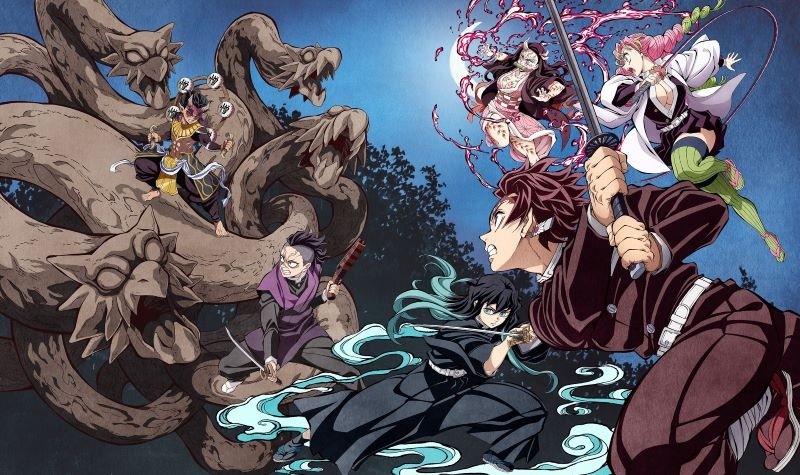
The demons "oni" in Demon Slayer: Kimetsu no Yaiba were originally human, cannot die except by sunlight, and eat human flesh and blood. These characteristics are actually closer to Western vampires.
On the other hand, the "oni" that appear in Japanese folklore do not have a single form or role. Learning about the multifaceted nature of Japanese demons can provide hints for understanding the Japanese culture that forms the background of the series.
Purchase Demon Slayer: Kimetsu no Yaiba video works 👉Animate Online Shop
Japanese Folktales Involving Oni
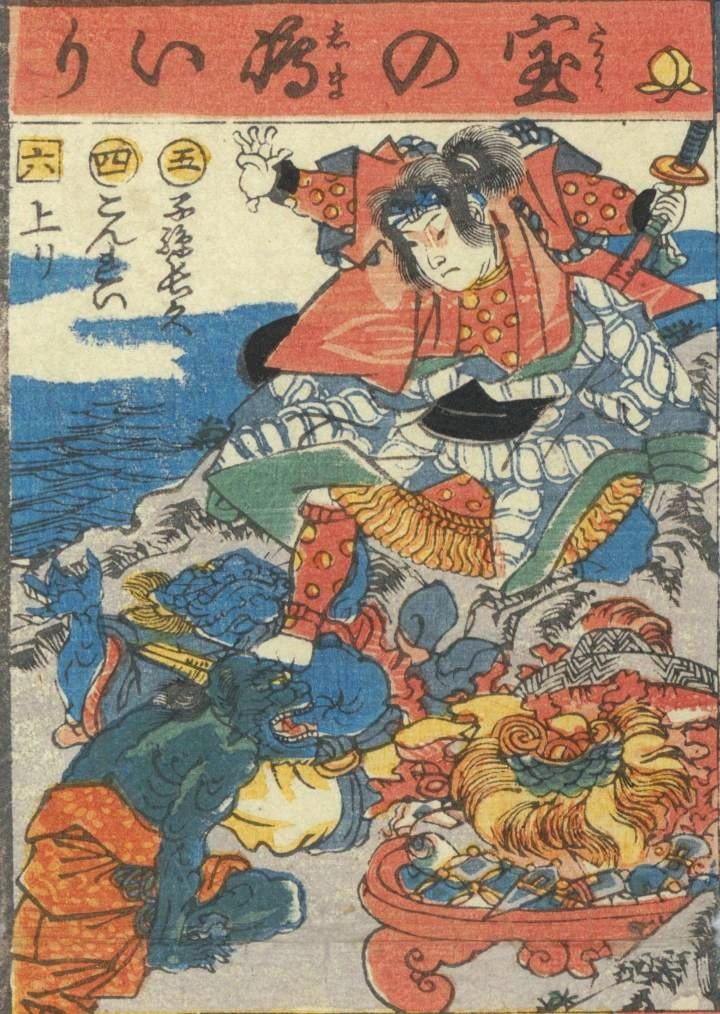
The roles of oni in Japanese folktales are extremely diverse. In stories like Momotaro and Issun-boshi, they appear as typical villains to be defeated, but in tales like Kobutori Jiisan, they may look frightening yet show a cheerful side, dancing and singing with the old man. There are also theories that Kintaro is the child of an oni (Yamanba, a female oni), so there are ukiyo-e prints depicting Kintaro playing happily with oni.
In this way, demons have been depicted in various ways in Japanese folktales and have been familiar to people since ancient times.
Want to know more? For more about Japanese folktales 👉List of Famous Japanese Folktales and Legends: 15 Stories Including Momotaro, Kintaro, and Tanabata
Oni in Japanese Traditional Performing Arts, Rituals, and Festivals
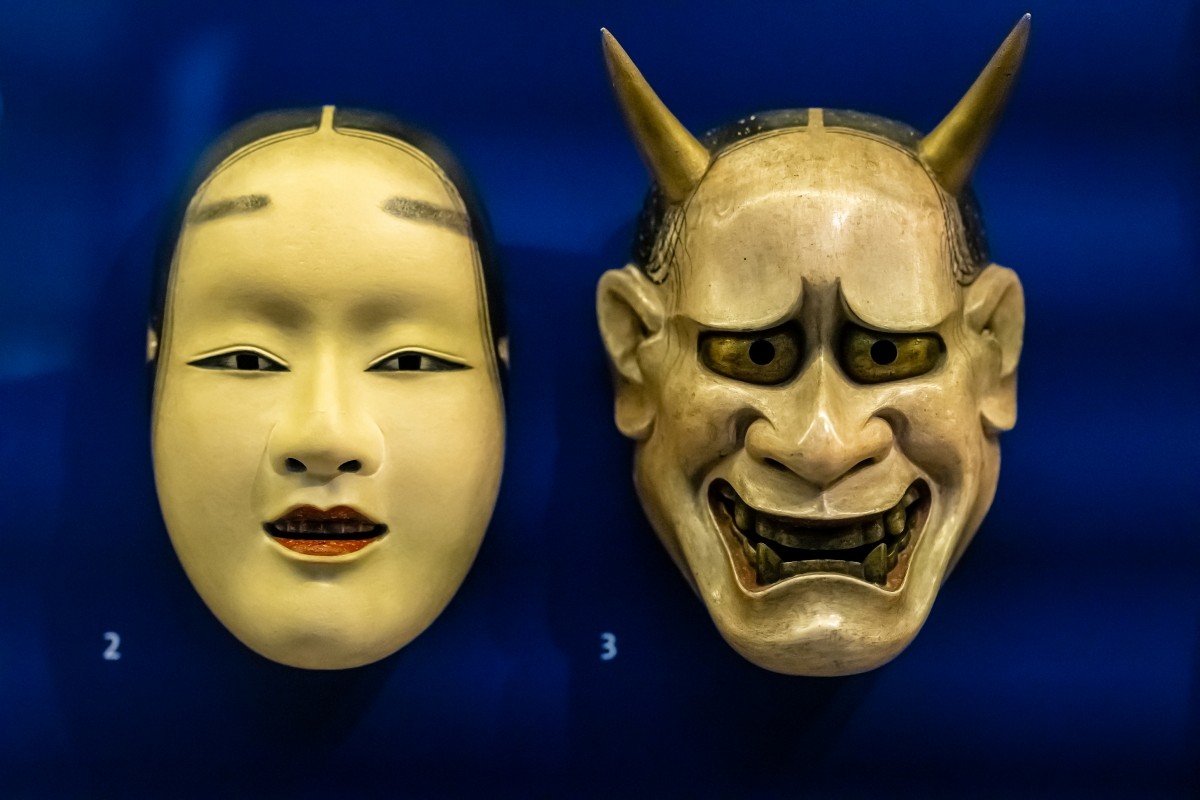
Oni appear not only in stories but also in traditional Japanese performing arts and religious rituals.
In classical Japanese performing arts such as Noh and Kyogen, oni are depicted not only as villains who harm humans but also as various characters, such as people who have transformed into oni due to sorrow or resentment. This can be said to have a connection with the demons (oni) in Demon Slayer: Kimetsu no Yaiba, who also have tragic human pasts in their stories.
Oni also appear in religious rituals and festivals throughout Japan, such as the Toyohashi Oni Festival in Toyohashi City, Aichi Prefecture, and the Honjoji Oni Dance for Setsubun in Sanjo City, Niigata Prefecture. In some festivals, oni are not only defeated but are also considered deities who ward off evil and bring happiness.
A List of the Different Types of Oni in Japan
The word "oni" is often used as a catch-all term, but there are many different kinds of oni in Japanese folklore. Here, we introduce a list of unique oni, from the most orthodox "Red Oni and Blue Oni" to mythological oni.
Red Oni and Blue Oni
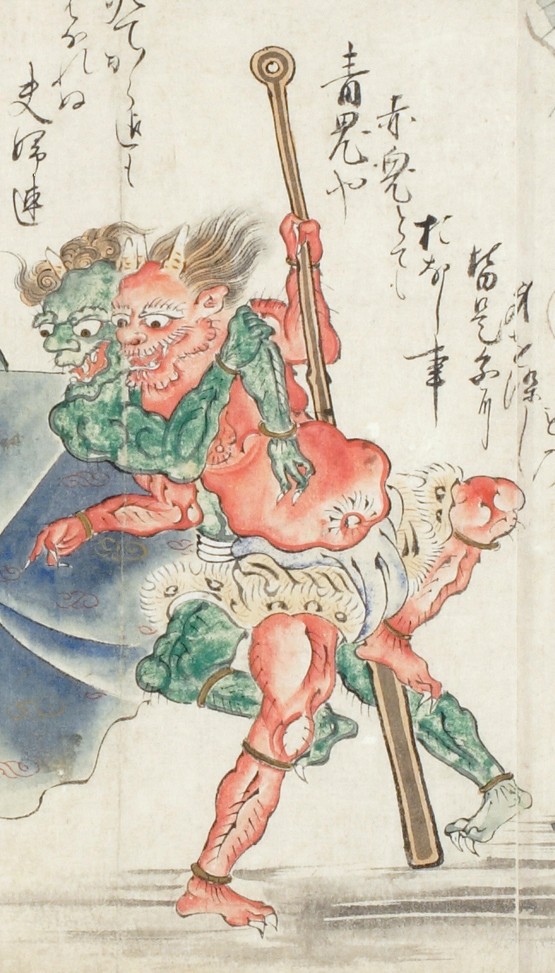
These are the most iconic oni in Japan, often seen during Setsubun and other events. It is believed that the origin of the Red Oni and Blue Oni comes from the ancient Chinese theory of Yin-Yang and the Five Elements, and originally there were five colors of oni: red, blue, yellow, green, and black. This is based on the Buddhist teaching of the "Five Hindrances," which represent five types of earthly desires.
Shuten Doji
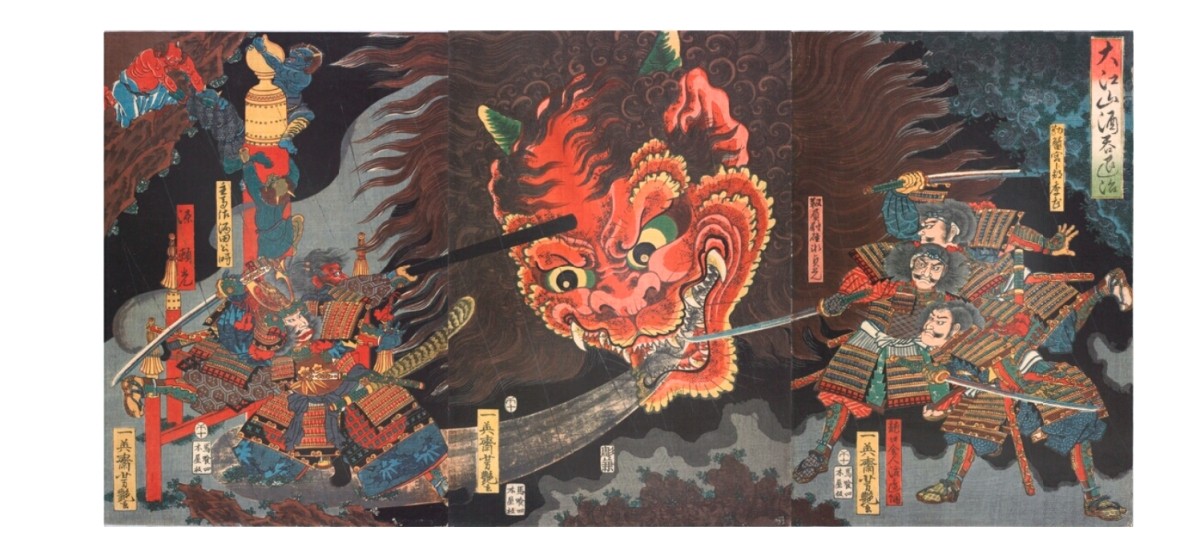
Counted as one of the three great evil yokai of Japan, this oni is the subject of several legends. He is famous for kidnapping young adults and princesses from the capital of Kyoto, but was eventually defeated by Minamoto no Yorimitsu and his companions after being served poisoned sake.
This story is said to have originated in the 14th century and has been passed down for hundreds of years, becoming widely known throughout Japan through books and picture scrolls such as the Otogizoshi. Shuten Doji is a representative oni known for his overwhelming strength and charisma.
Ibaraki Doji
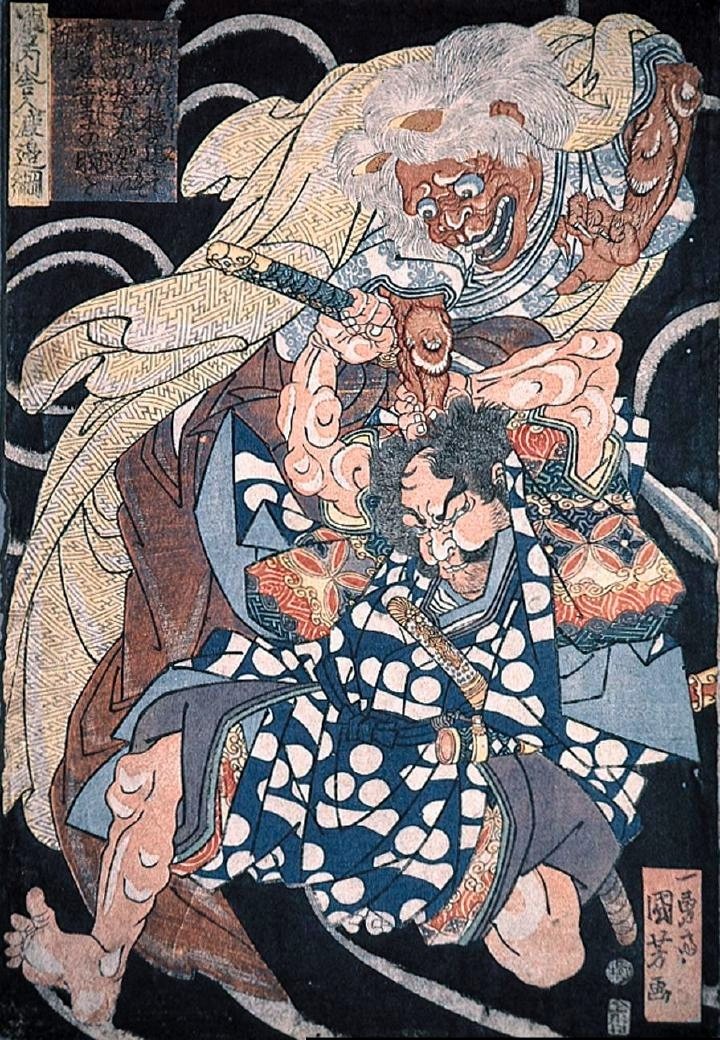
Known as a retainer of Shuten Doji, Ibaraki Doji is said to have escaped after Shuten Doji was defeated. Afterwards, Ibaraki Doji appeared in various works such as the Otogizoshi, the Noh play Rashomon, and the Kabuki play Modoribashi.
Amanojaku
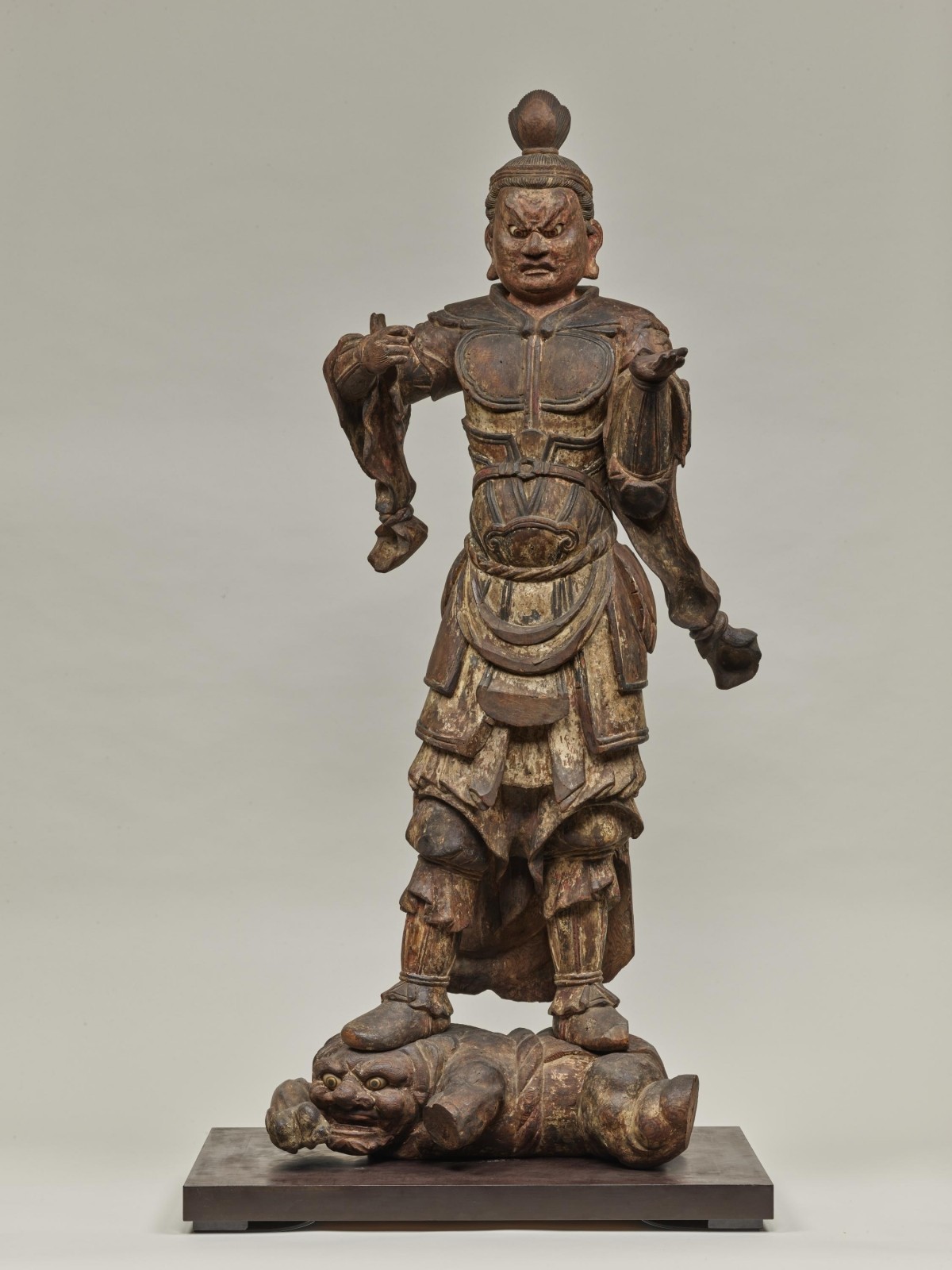
They often appear in old tales and classical literature, but their nature is so multifaceted that there is no fixed image or identity for them. In modern times, the term “Amanojaku” is often used to describe someone who stubbornly opposes everything others say or do, and this image has become more widespread.
There is a theory that Amanosagume, who appears in the Kojiki and Nihon Shoki, is the origin of Amanojaku, but in Buddhism, the oni trampled under the feet of the Four Heavenly Kings statues are also called Amanojaku.
Ura (or Onra)
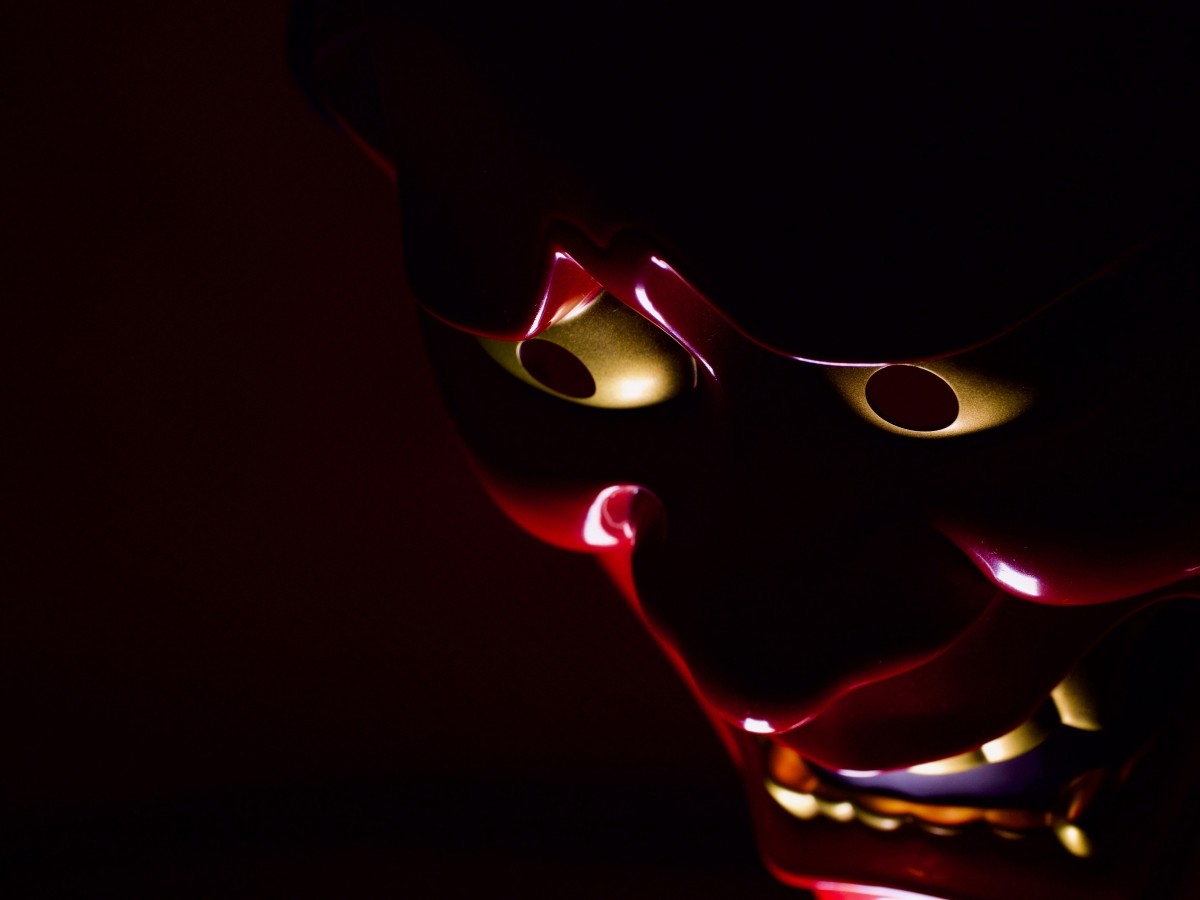
Ura is a demon from Kibi, present-day Okayama Prefecture, and is said to be the model for the demon in the Momotaro legend. According to folklore, he was defeated and beheaded by Kibitsuhiko-no-Mikoto, but his severed head is said to have continued to roar loudly for years. It is said that Ura’s spirit is now enshrined at Kibitsu Shrine in present-day Okayama City.
Ryomen Sukuna
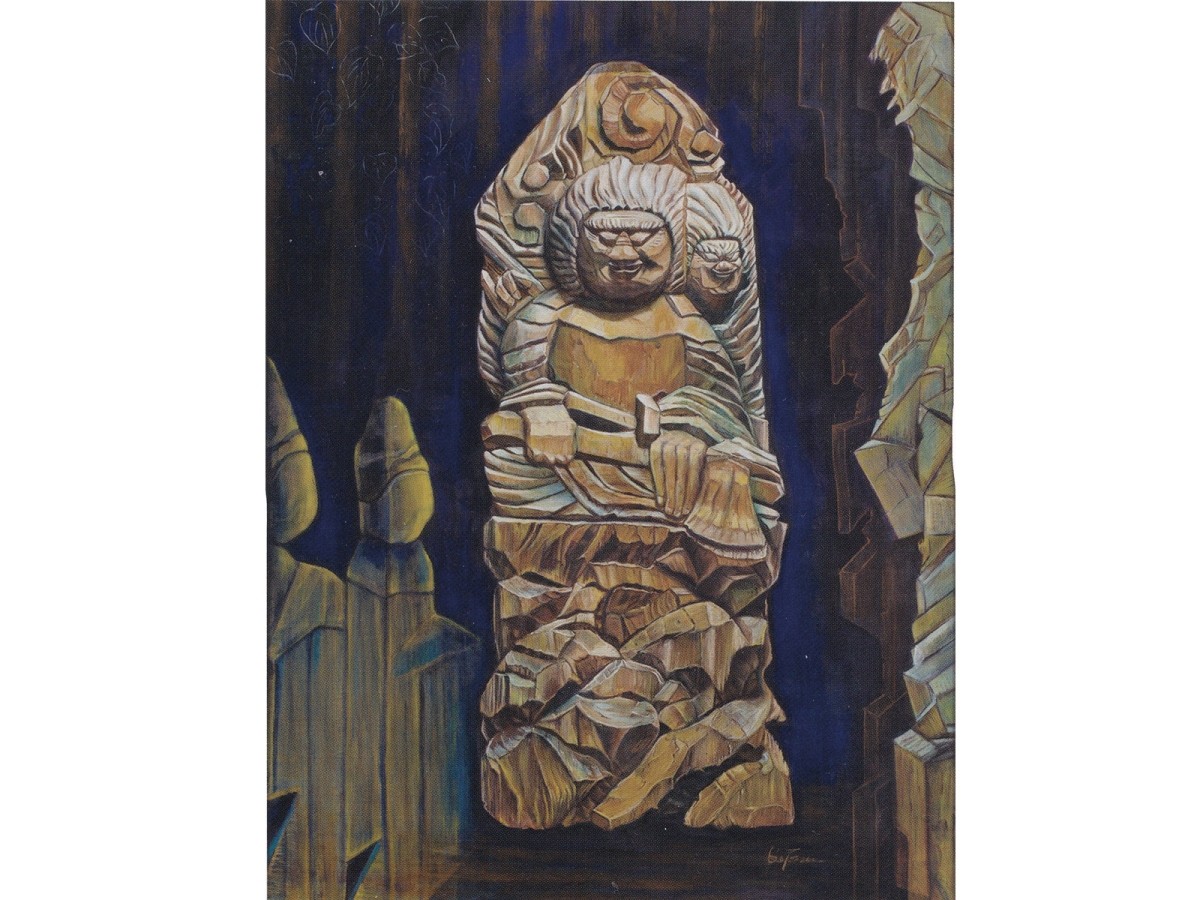
Ryomen Sukuna is a monstrous demon god (鬼神 / Kishin) with two faces and four arms who appears in ancient Japanese mythology such as the Nihon Shoki, and is depicted as an extremely powerful being. In legends from the Hida region of Gifu Prefecture, he is portrayed as a hero who defeated evil demons and poisonous dragons and founded temples.
In recent years, he has become widely known as the entity possessing Yuji Itadori, the protagonist of the popular anime “Jujutsu Kaisen.”
If you want to know more about Ryomen Sukuna 👉Ryomen Sukuna - Featured in Japanese Anime! The Demon Who Also Appears in the Nihon Shoki
Mahitotsu Oni
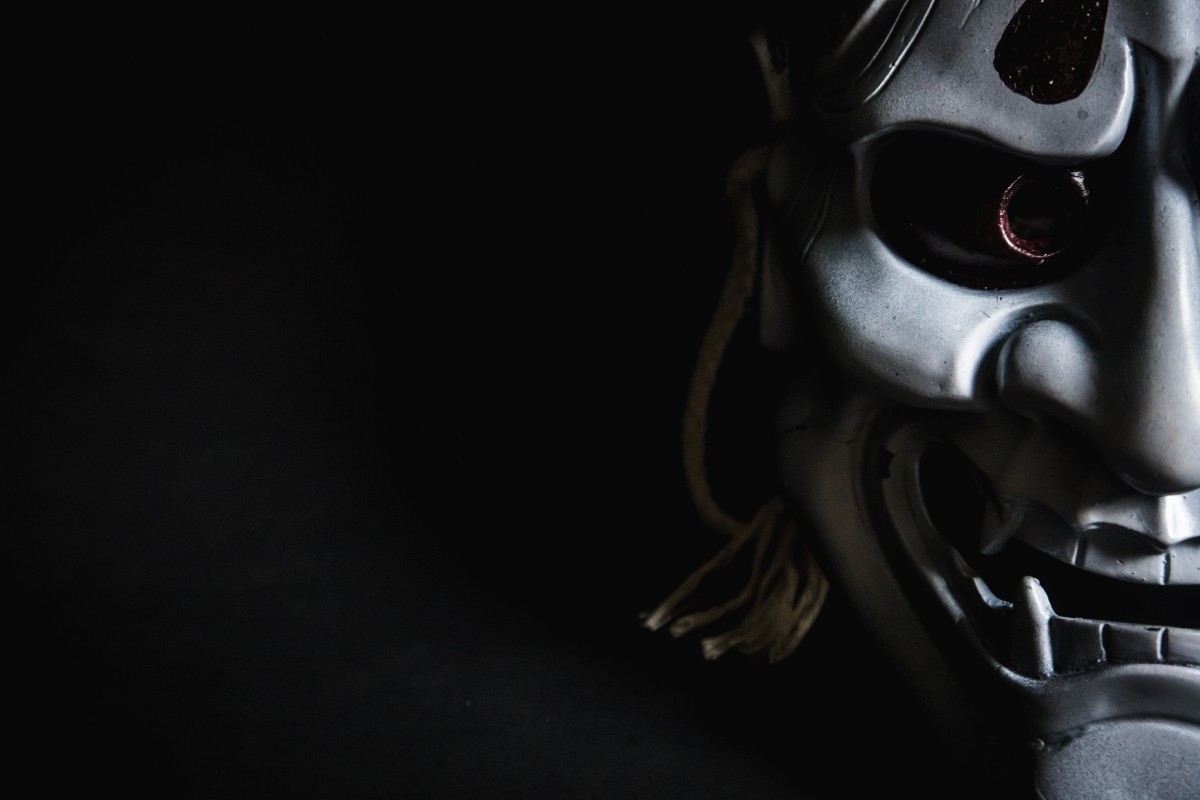
Also known as the “Oni of Ayono Sato,” Mahitotsu Oni (one-eyed oni) appears in the Izumo Fudoki from the Nara period (8th century) and is considered the oldest demon recorded in Japanese literature. Its defining feature is a single large eye in the center of its forehead.
Gozu & Mezu
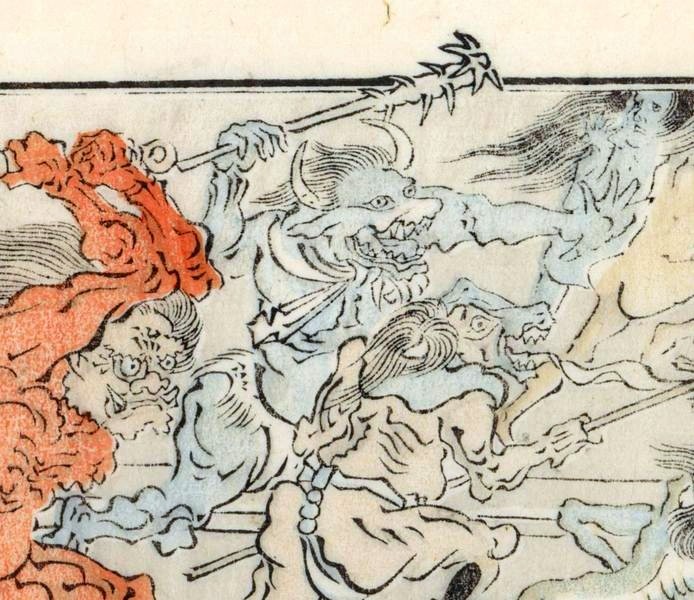
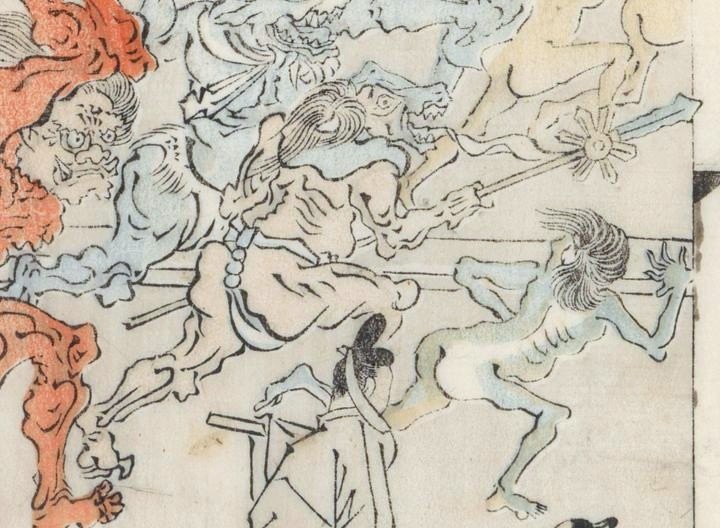
In Buddhism, Gozu (cow-head) and Mezu (horse-head) are the leaders of the jailers who punish the wicked in hell. The one with a cow’s head is called Gozu, and the one with a horse’s head is called Mezu.
Kijo
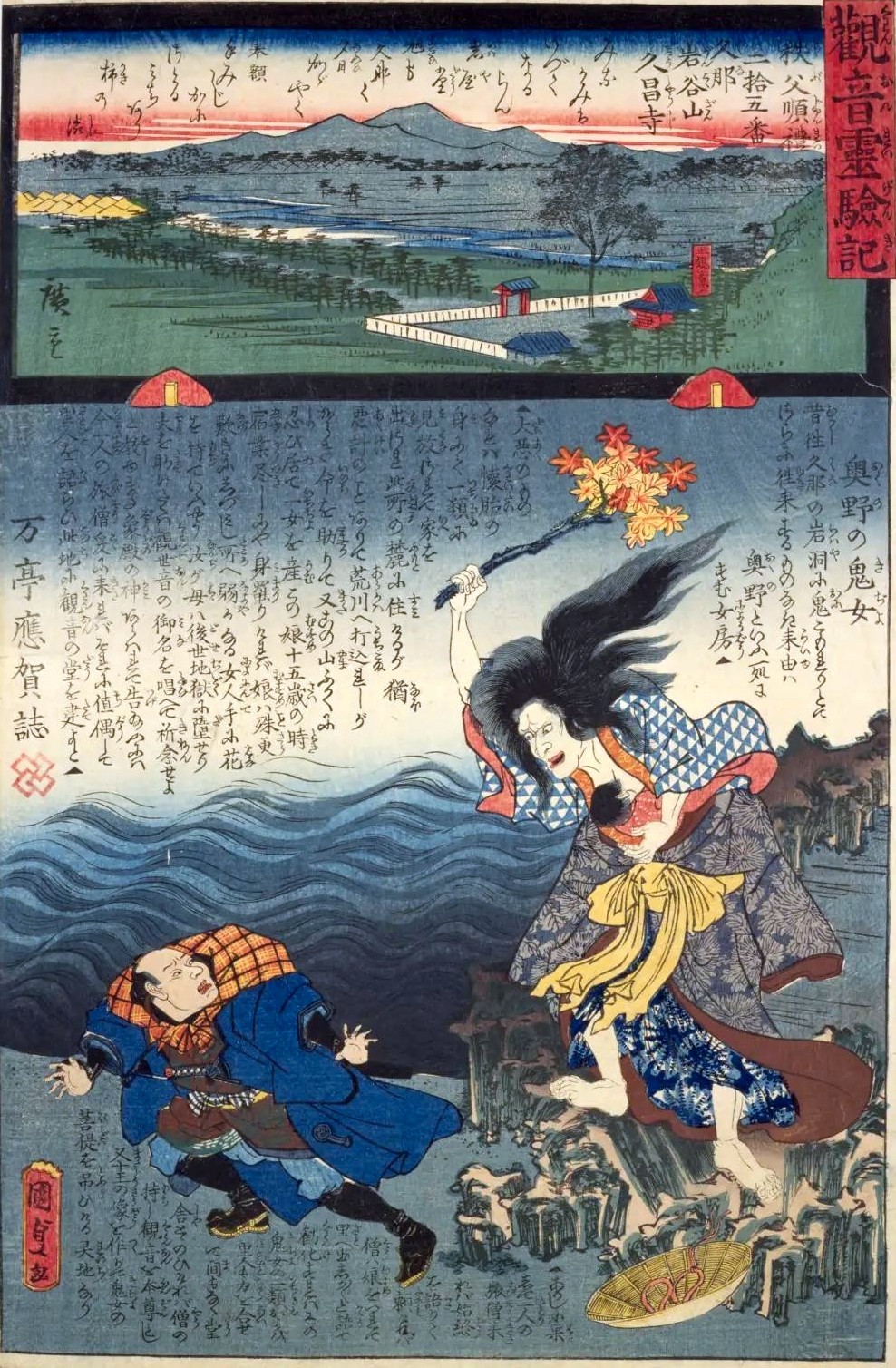
This refers to women who have taken on the appearance or expression of an oni (demon). There are several legends in which humans are transformed into oni due to intense emotions such as jealousy, resentment, or sorrow. Famous examples include “Hashihime,” a court noble’s daughter driven mad by jealousy who becomes a kijo (demon woman), the legend of the kijo “Momiji” from Togakushi in Nagano Prefecture, and “Kiyohime,” who became a demon woman out of hatred after being deceived by a man. These figures often have human pasts and backgrounds, and their stories have become subjects for Japan’s classical performing arts such as Noh and Kabuki.
Hyakki Yagyo (Night Parade of One Hundred Demons)

Since the Heian period, many books and picture scrolls have depicted oni and yokai parading through the streets in a procession late at night. In recent years, Hyakki Yagyo events have also been held in various regions, including Kyoto.
If you want to learn more about Hyakki Yagyo 👉What is the true nature of Hyakki Yagyo? 2025’s latest events and an explanation of Japanese yokai
Characteristics of Japanese Oni and Differences from Yokai
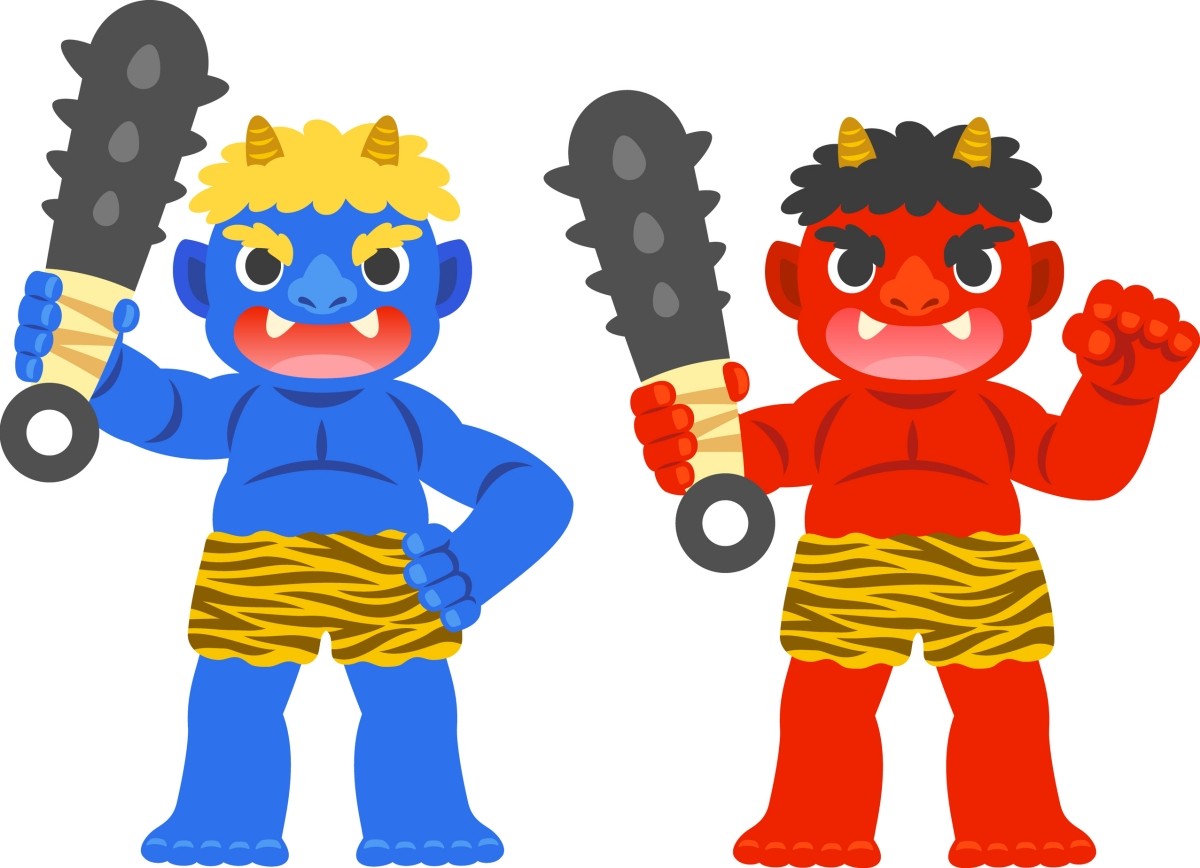
Japanese oni are different from Western devils or monsters. Here, we will explain the basic characteristics of oni and how they differ from yokai.
Characteristics of Oni
Appearance: Oni are typically depicted as large, muscular figures with one or two horns and sharp fangs. The classic image includes wearing tiger-skin loincloths and carrying iron clubs.
Origin: In ancient times, invisible and mysterious things were called “onu” (隠 - hidden things) and were believed to be the cause of all misfortunes such as epidemics and disasters. From the 12th century Kamakura and Muromachi periods, oni began to appear more frequently in literature, and from there, through the Edo period, they became motifs in Noh, Kyogen, Kabuki, and Joruri, which helped solidify the image of oni among the people.
Additionally, the northeast direction (called "ushitora" meaning ox-tiger in ancient time base on Chinese zodiac animals associated with the direction), known as “kimon” (demon gate), was considered an unlucky direction through which oni would come and go. This is thought to be why the image of oni wearing ox horns and tiger pelts became widespread.
Differences Between Oni and Yokai
Yokai is a general term for mysterious phenomena or supernatural beings that humans cannot understand, and some consider oni to be a type of yokai. Some scholars explain that oni symbolize “physical form and great power,” while yokai represent “phenomena and strangeness.”
Oni Hidden in Everyday Life
Oni are not just legendary beings. They are deeply rooted in modern Japanese life and language as well.
Words That Use “Oni”
Oni is used as a prefix to emphasize meanings such as “strong,” “extreme,” or “thorough.”
- Oni Coach: A coach who is extremely strict and uncompromising in their instruction.
- Oni Yome: A wife who is very strict and strong toward her husband. Often, this is an expression of affection in disguise.
- Oni ni Kanabo: “An oni, already strong, wielding an even more powerful weapon—an iron club.” This means that someone who is already strong becomes even more invincible.
- Oniden: Calling someone repeatedly until they answer, meaning “to call like an oni.” This is a relatively new word, originating from gyaru slang that became popular from the late 1990s to the early 2000s.
Annual Events Featuring Oni
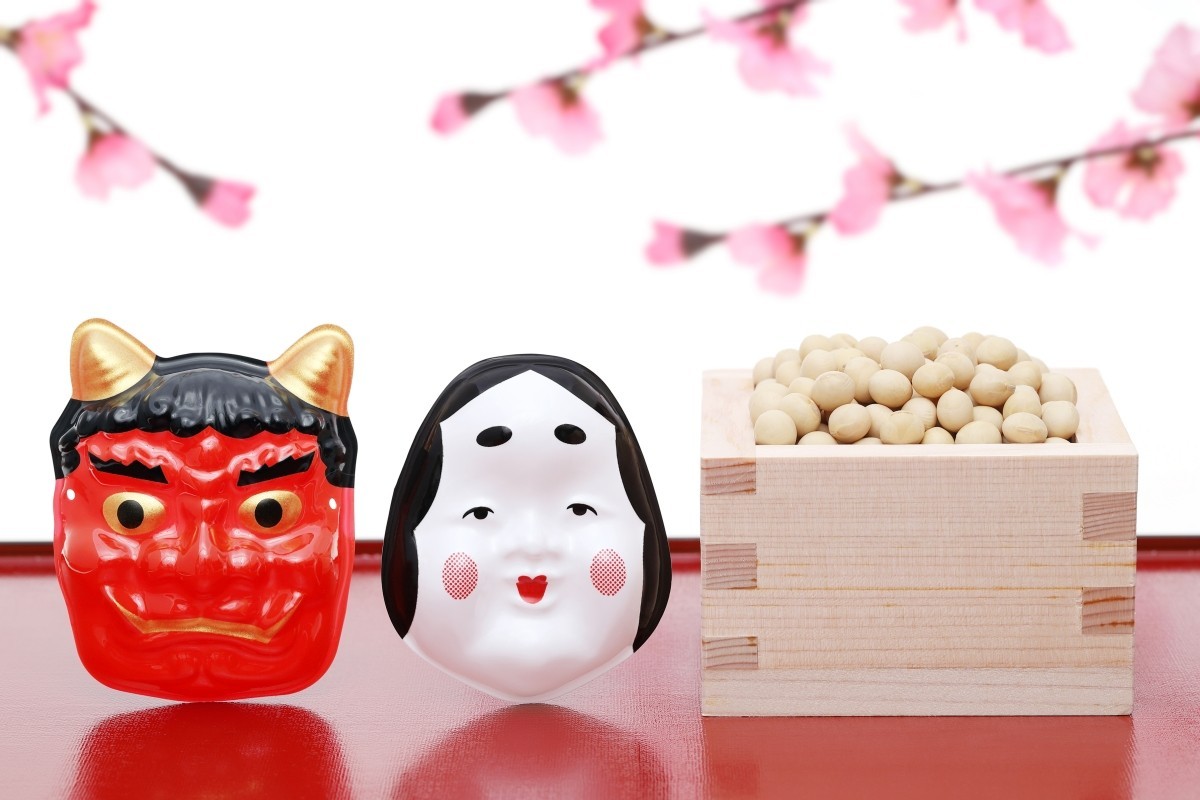
- Setsubun: A traditional Japanese event held every year around February 2 or 3. Beans are thrown while shouting “Oni wa soto! Fuku wa uchi!” (“Demons out! Good fortune in!”) to drive oni (misfortune) out of the house. This is a familiar opportunity to experience the culture of oni-banishing (oni-taiji) in modern times.
- Festivals: At festivals throughout Japan, people wearing oni masks play the role of deities who drive away evil oni, or sometimes appear as messengers of the gods.
If you want to learn more about Setsubun 👉A Thorough Explanation of the Origins and History of Setsubun, Mamemaki, and Ehomaki
Place Names with "Oni" (Demon)
There are many places whose names originate from legends about oni, and these locations are also popular travel destinations.
- Onioshidashi Park: Gunma Prefecture and Nagano Prefecture. The name comes from the way the lava flow from a volcanic eruption looked as if an oni was rampaging and pushing out the rocks. This is a place where the power of nature is likened to the strength of an oni.
- Onigashima: Islands in Okayama Prefecture and Kagawa Prefecture are considered to be the Onigashima from the Momotaro legend.
- Kinasa: Deep in the mountains of Togakushi, Nagano Prefecture. This is the land where the legend of the demoness Momiji, introduced in the article, remains. You can enjoy hot springs and autumn foliage here.
Why Do Japanese People Love Oni?
Why are oni repeatedly depicted in Japanese entertainment, continuing to fascinate us? Perhaps it is because the "oni" in Japan are not simply evil, but exist as embodiments of the extremes of human emotion and symbols of power.
Just like the demons in "Demon Slayer: Kimetsu no Yaiba," some become oni as a result of strong emotions such as jealousy, sadness, or anger, while others are characters who express a rich range of emotions. Take the opportunity to explore the profound world of Japanese oni, which you may have discovered through "Demon Slayer: Kimetsu no Yaiba," even more deeply through travel and cultural experiences in Japan. The multifaceted appeal of oni will surely enrich your understanding of Japanese culture.
References:
Seigensha, supervised by Toru Yagi, "Nihon no Oni Zukan (Illustrated Guide to Japanese Oni)", First Edition published December 28, 2021
Tokyodo Publishing, supervised by Kazuhiko Komatsu, "Nihon Kaii Yokai Daijiten Popular Edition", First Edition published January 30, 2025
ArtWiki, Ritsumeikan University Art Research Center, "The Reception and Transition of Ibaraki Doji"
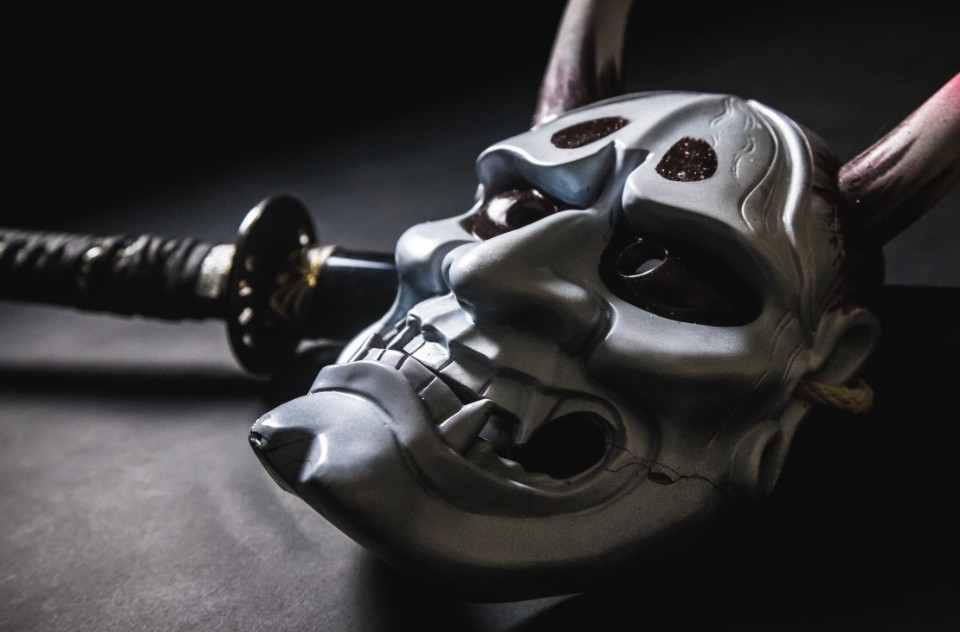
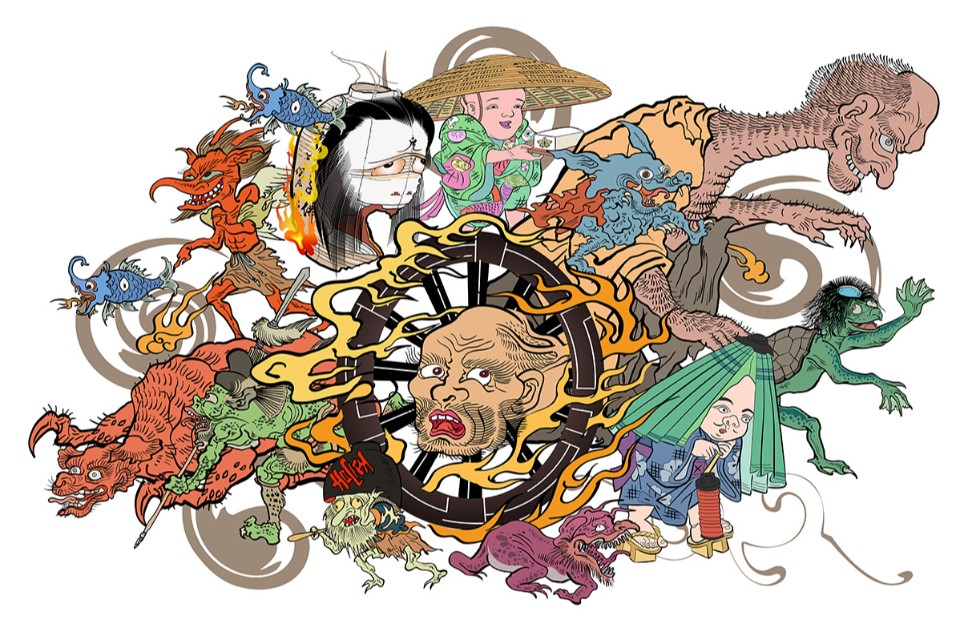
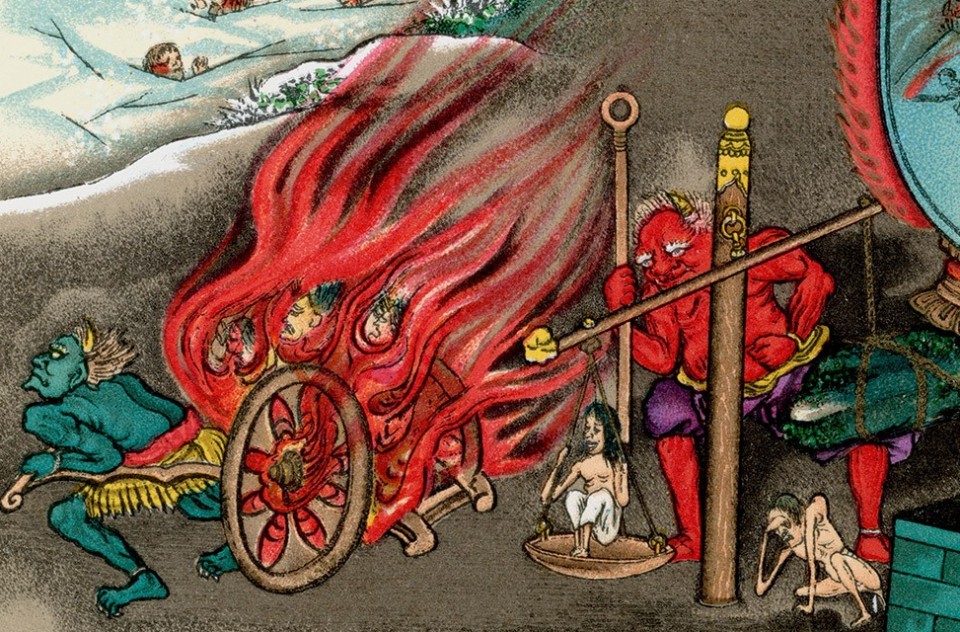
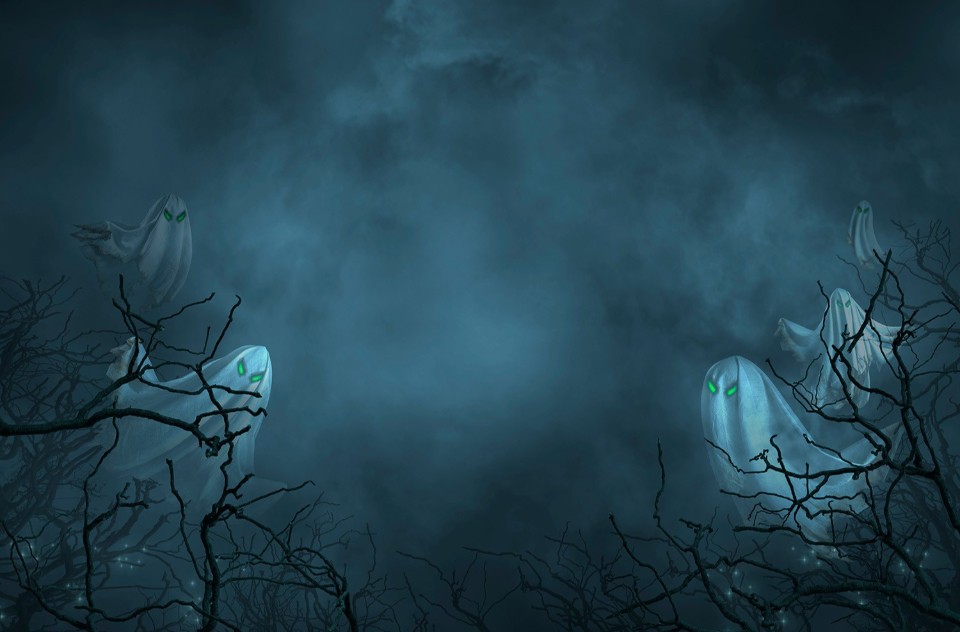
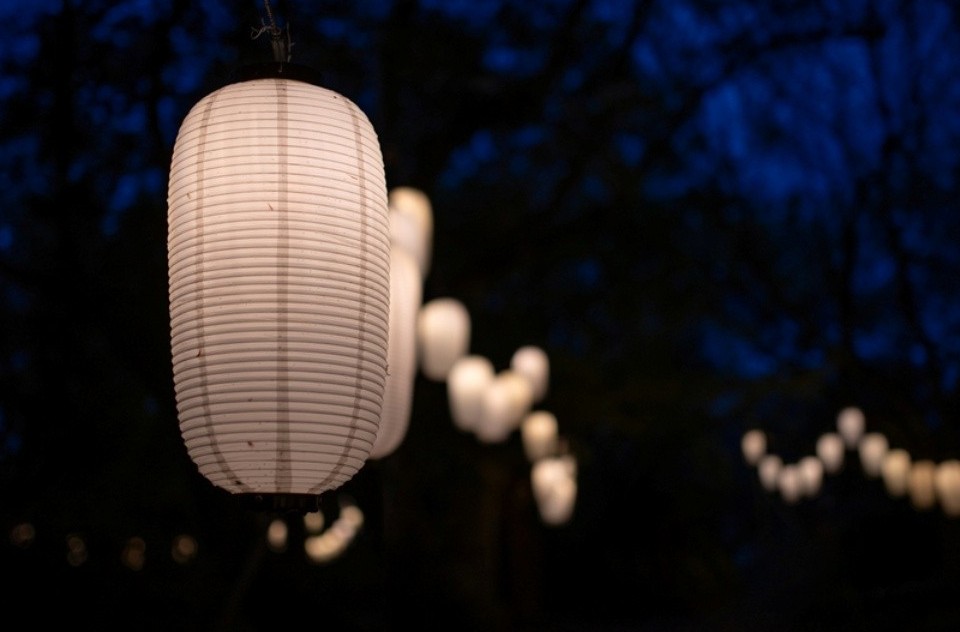
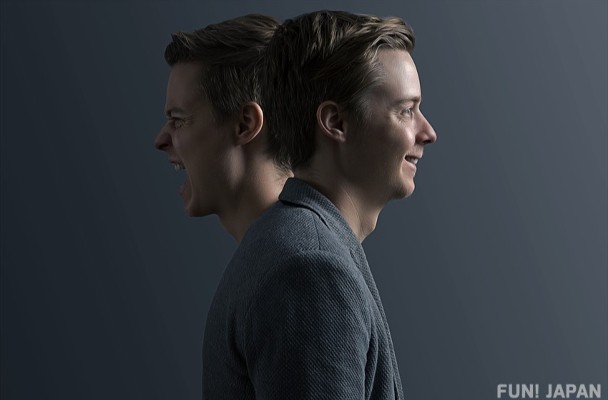
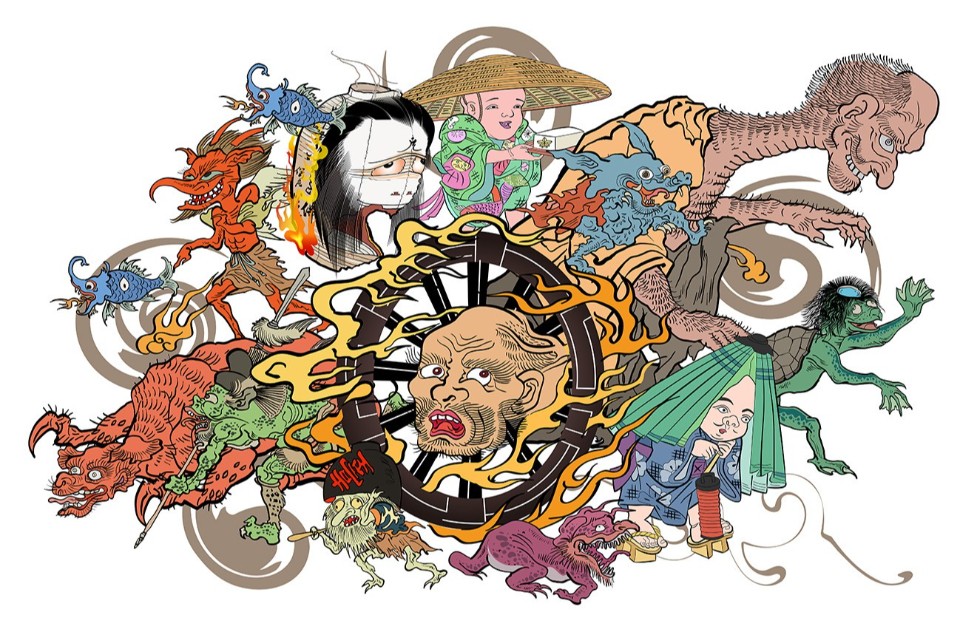
Comments